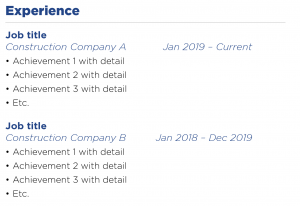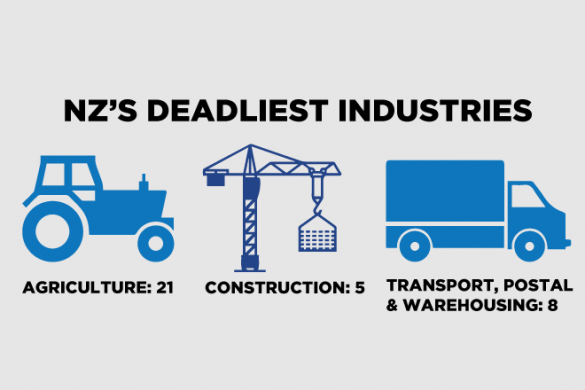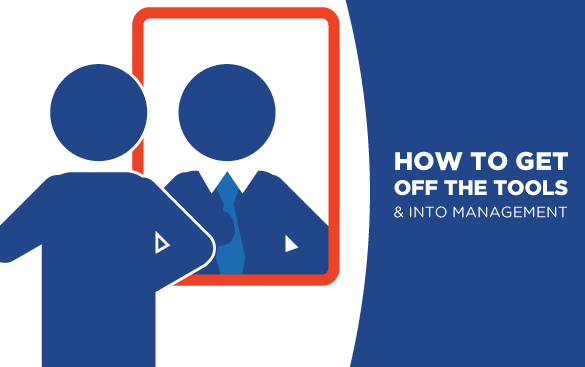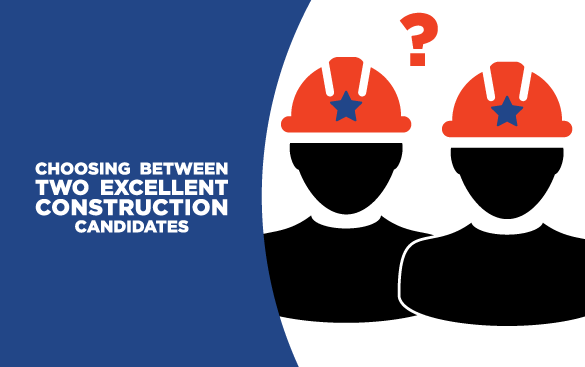Stepping into the new year calls for a fresh start and perspective. As you take some time off this festive season, make the best of it to rethink your CV – and ensure that it’s in the best shape possible! Finding roles in Construction, Industrial and Manufacturing doesn’t typically require cover letters like other industries, so it’s all down to your CV. While it might have all the information that employers need, what about how that information is portrayed? Formatting is just as important. After all, you want to create a CV that demands attention and is easy to read. But where to begin? Read on for our top CV tips and how to format your CV to keep you in good shape for the autumn job hunt!
Include a Short Personal Summary
Because cover letters are not so common in the industry, you may choose to include a few lines at the beginning to summarise the contents of the CV, while stating your key experiences and skills for busy readers. This should be short and sweet – just a taster of what’s to come if they continue through the page.
List Most Recent Jobs First
When hiring managers and recruiters take a look at your CV, they want to know where you’ve been most recently so they can identify the skills and experiences that are most relevant to what they’re looking for. That’s why a good CV will list jobs with the newest at the top and the oldest at the end. We’ve provided an example later on.
Formatting Company Names
When mentioning a company you’ve worked for, there are no hard and fast rules in terms of formatting, however, it’s usually best practice to write the name in full so there’s no confusion. Whether you choose to include “LTD” or other legal terms is up to you. What matters most is staying consistent throughout your CV instead of flip-flopping on how you write them out; this can look unprofessional or untidy.
Titles and Dates of Employment
It’s tempting to try and jazz up our job titles to make them seem more appealing, but the truth is that it’s always better to be transparent and factual. List your actual title as it appeared in your contract, as even small changes to your history may come back to haunt you during the references stage or background checks.
As for dates of employment, which you will need to include alongside each job title, the rule of thumb here is to present it as a month and year e.g. March 2020 – May 2020.
Using Bullet Points
The use of bullet points is fairly standard across every industry: they let you list the most relevant skills, experiences and accomplishments you gained from each role, providing companies with a quantified map of your successes.
Bulleted lists should be arranged according to relevance, so your most recent jobs get more points, while older jobs get less insight as they become less relevant. Anything from more than 15 years ago wouldn’t require any bullet points.

Remember to showcase why companies should hire you rather than telling them; this means offering specific proof and detail in each point to back up your achievements. Of course, don’t do so at the risk of breaking any confidentiality agreements with previous jobs, but you should still be able to give enough context to resonate with potential interviewers.
So far, the experience section of your Industrial, Manufacturing or Construction CV should look something like the example here.
Handling Career Gaps
For those who have experienced career gaps, we know it can be a tricky thing to navigate in CVs. Thankfully, it’s far from the end of the world. Whatever your reason for taking a break – whether it was extended family leave, travelling, or being let go – search for some kind of institutional connection that you can mention. For example, have you done any non-profit labour? Consulting is another good one to mention. Anything is usually better than listing a last employment date from a year ago.
Still, we understand that this isn’t always possible; in that case, this is your chance to be a little more creative with how you list things. Keep it short and positive without much detail – just a single line of text such as:
- Returning to work after gaining new experiences and personal growth: 2019 – 2021
It doesn’t have to be too obvious – just keep your CV upbeat and looking forward, and potential interviewers will follow that lead.
Summary
It’s the start of a new decade, and it can be the start of a new journey for you as well. If you’re ready to start your job search, our expert team at OneStaff can help you with your CV and match you with employers across New Zealand. We are leading players in Industrial, Manufacturing and Construction recruitment, so get in touch with your local OneStaff team.










